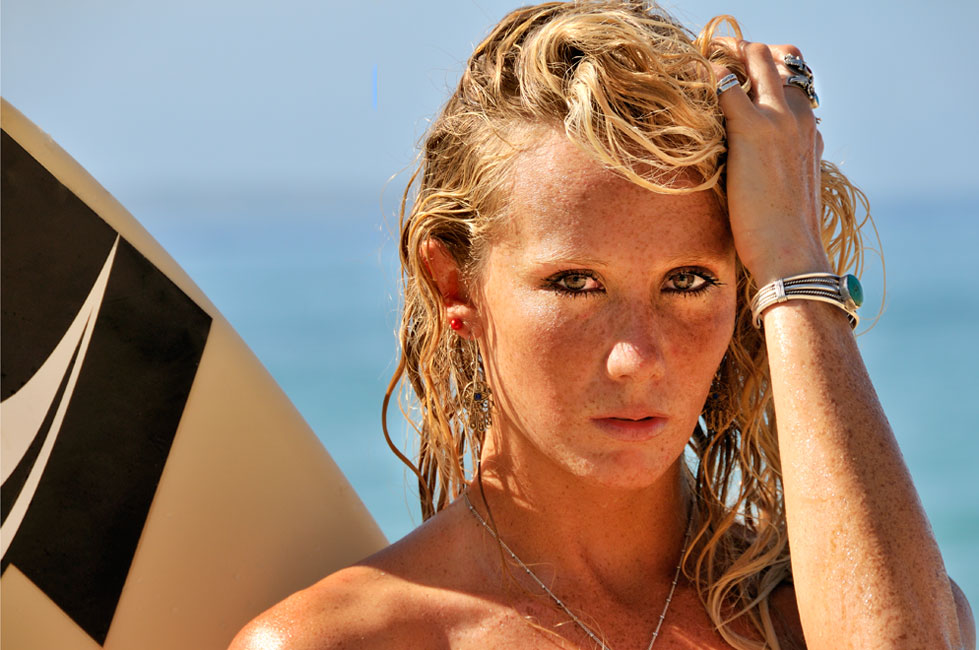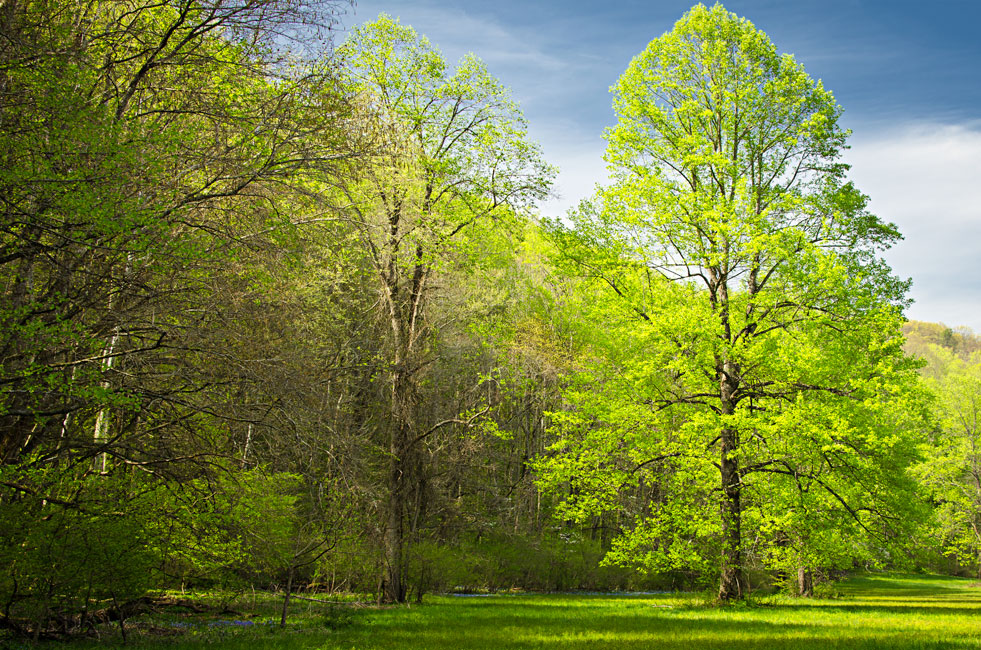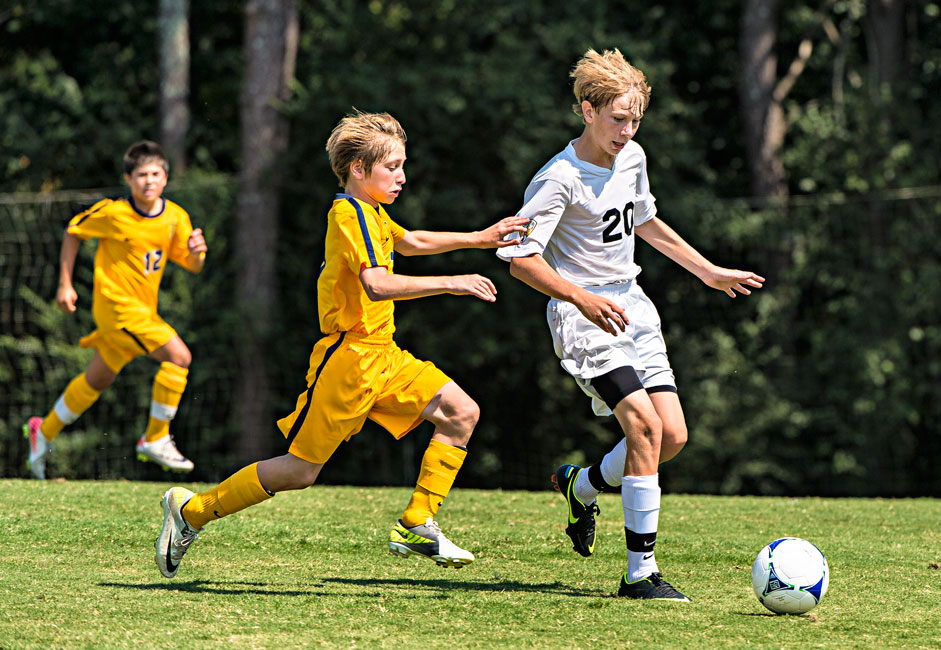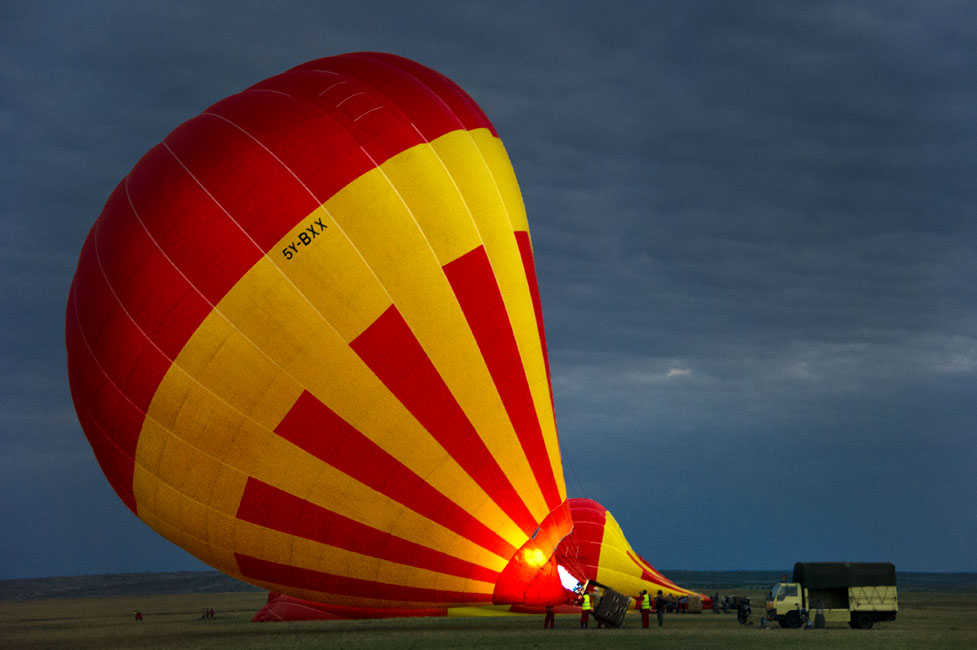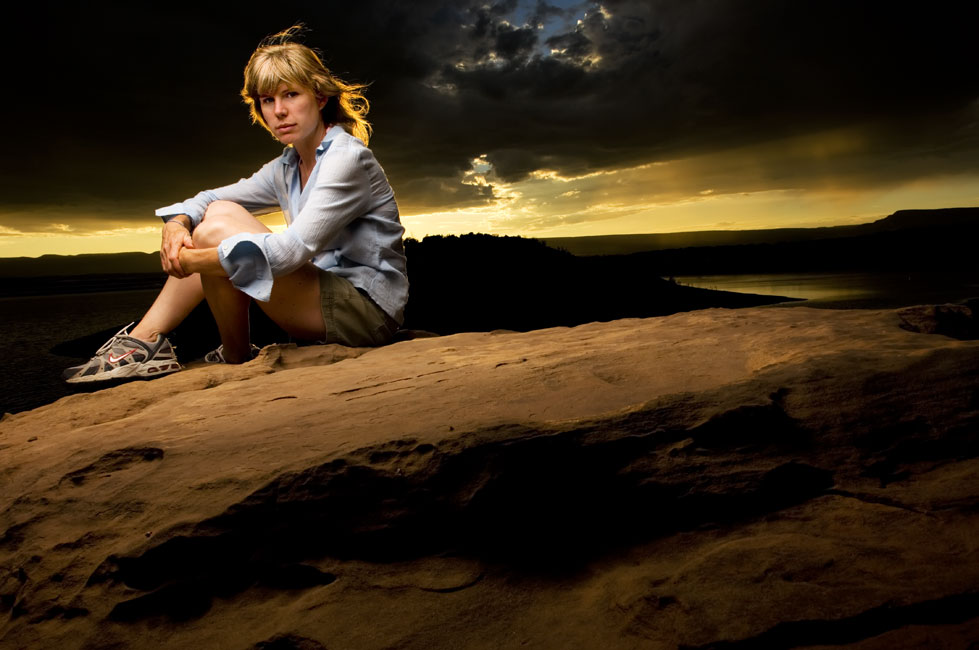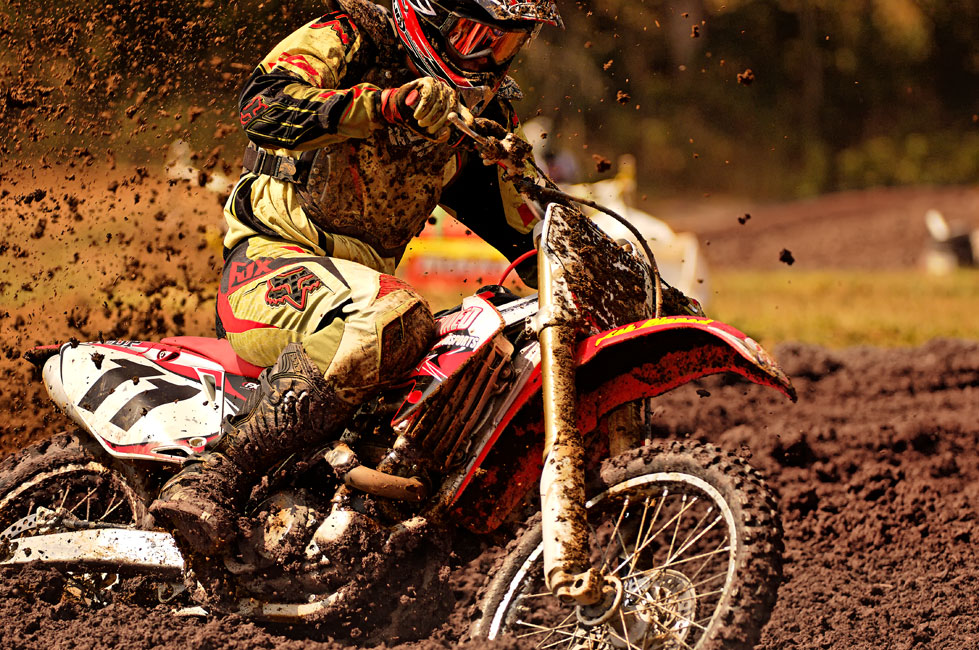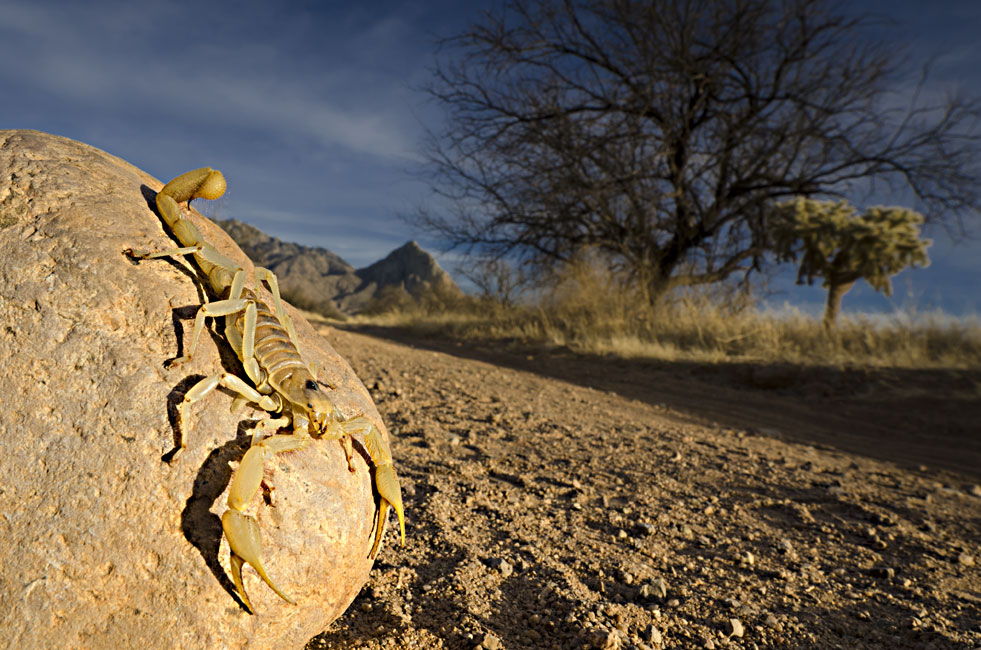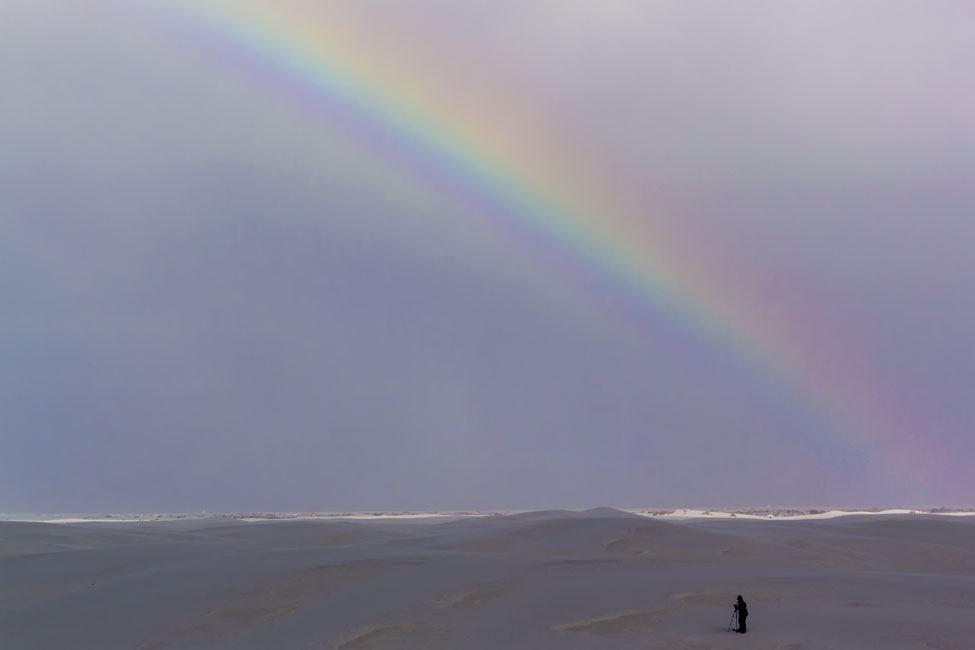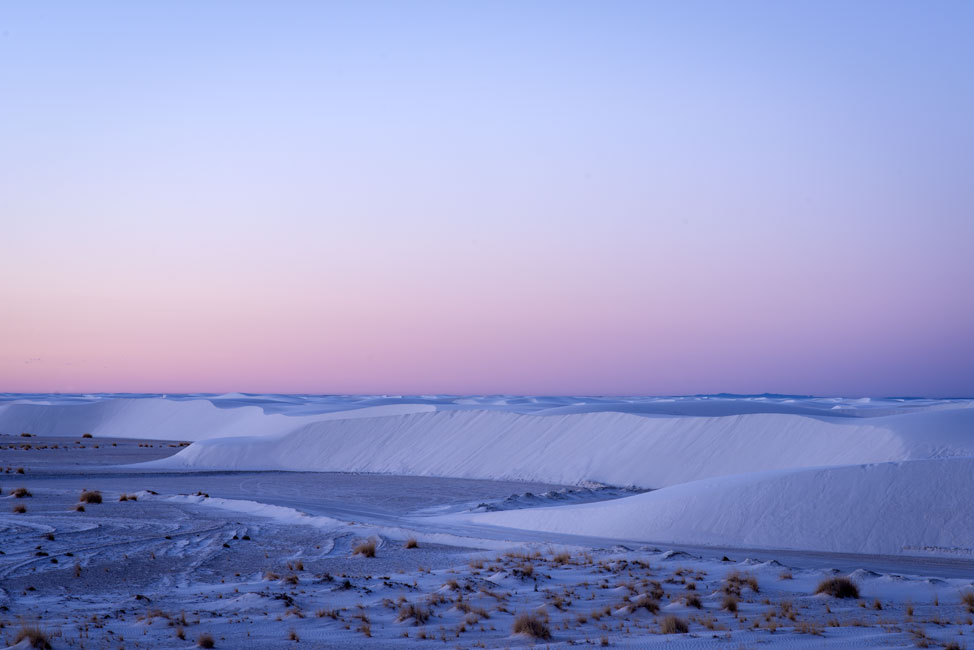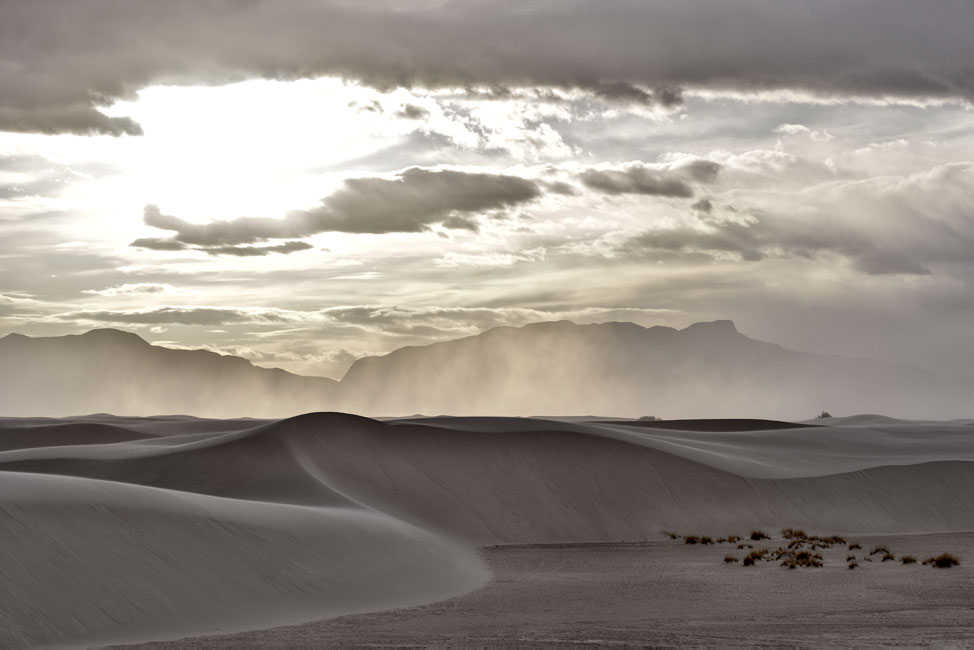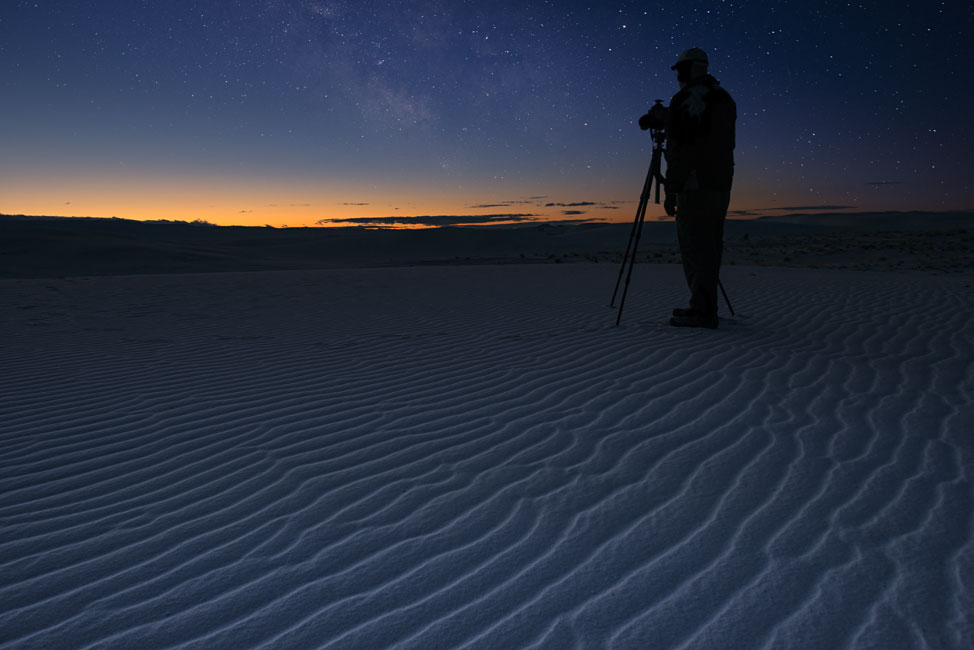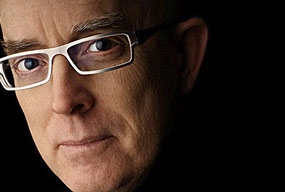FOCUS First: A System for Better Photos
Recently Mark Alberhasky, photographer and leader of mentor and private photo treks, told us about a particularly effective mnemonic† he's been giving his students to help them organize their thoughts when approaching a subject. He's found that a simple, useful, structured system goes a long way in helping them achieve better images, and his mnemonic for that system—FOCUS—not only presents important ideas in an order that makes sense in the creative process, it also suggests to the students that to get better images, they've got to think before they shoot. "Great shots are the product of creative intent," Mark says, "and as soon as the students start thinking about the mnemonic, they're engaging in the creative process."
Here's how FOCUS works:
FOCUS = FILE FORMAT
Your choice of NEF (Nikon's version of the RAW file) or JPEG determines the output of your image, and it's the first setting to make when you set out to shoot. The NEF file has all the information an image has to offer; a JPEG is a compressed file. (And because several Nikon cameras allow you to shoot JPEG and NEF at the same time, check your camera's manual to see if you can get the best of both worlds all at once.) With the high-quality sensors of Nikon cameras, if you've nailed the exposure, your JPEG is going to look great. But if you want to make post processing adjustments and refinements, RAW is the way to go.
FOCUS = OPTIMIZE ISO
The first thing to do when you walk into a scene is evaluate the light level, then set your camera's ISO to a sensitivity appropriate for the ambient light. The creative decisions that follow, like shutter speed and f/stop, are dependent on that first setting. "If you don't set your camera with an ISO high enough for the light you've got to work with, you're done," Mark says. "You just can't make a picture. So if the light's dim, kick the ISO way up—that means in the range of 1200 to 1600 or more. That ISO will then give you a fast enough shutter speed if you need it. Probably the most chronic problem I see is that people are shooting at too slow a shutter speed, and that's often because the ISO is too low. As you begin to check your results, your eye will start to recognize situations and you'll know the ISO range you need for the light conditions." In early morning or late afternoon light, the ISO decision and your evaluation of images should be made rather quickly because the light is changing fast and you want to capture the effect it's having.
FOCUS = CREATIVE DECISIONS
Here's where you start to tap into your artistic ideas, where you make decisions about how you want the photo to look. Is your subject moving? Set shutter-priority exposure and select a shutter speed that freezes or blurs motion. Or is it a subject for which depth-of-field is important? Then set aperture priority to maximize or limit that depth. Want to create a three-image composite of a striking landscape? You'll need to set manual exposure for all three shots so the exposure will be exactly the same for each image. "instead of just looking at a scene and not knowing what interests or excites you about it," Mark says, "you're now putting names to the concepts and the actions that you need to turn that interest, that vision, into a photo." Creative decisions are the difference between "I got what was there" and "I got what I wanted."
FOCUS = UNLEASH THE INNER YOU
"I had a photographer on a trek in New York City," Mark says, "and we were at the back of a festival crowd in Chinatown. I said, 'Look around and tell me what excites you; what would you like to make a picture of?' She said, 'All those performers up there on the stage. I'd love to shoot them.' I said, 'That's great, but you can't do it from here, so we're going to walk through, saying "excuse me" all the way, until we're at the front.' She said, 'I couldn't do that,' and my response was, 'You don't understand—your camera is a passport, and when you say "excuse me" and show your camera, they're going to let you by. And when we get to the front we're going to kneel down so we don't obstruct anybody's view.' The point is, you've got to put yourself in the place where the photos can be made. Maybe you're afraid of heights, or insects, or people, but you have to do whatever it takes to make the image you envision. 'Unleash' means doing the things that are emotionally holding you back."
FOCUS = SHOOT, SHOOT, SHOOT
Any subject that inspires you enough to think about taking a photo deserves more than a single shot. "Change your position, height and lens; walk 360 degrees around your subject and explore every possibility," Mark says. But he's found that it's possible for him to present the FOCUS idea at treks, have people go through all the steps and then...well, here's one more story: "On a trek we all got out of the bus, and I watched one of the participants walk up to some beautiful flowers, take one shot and start to walk away. I stopped him and said, 'Let's think about this. You shot with a 50mm lens, standing up, looking down at the flowers. Now I want you to use the same lens but kneel, get down below the flower and look up. See how the light backlights the petals from above and makes them glow? Now let's go to the other side and shoot from that direction. See how the trees are now in the background and everything looks totally different? Now I want you to take your 50 off and put on your 28 and shoot the whole process again with the whole garden and the forest in the background.' Shoot, shoot, shoot doesn't mean just take five images, it means interpret the subject over and over in as many ways as can until you fill the memory card, the subject flies away or your spouse threatens divorce."
"The best shots come from going the distance," Mark says. "These images were taken within about a half mile radius, yet they show tremendous variety as lighting and creative intent played out during the day. Whether it's a portrait session or a landscape shoot, if you limit yourself to one or just a few images from a single perspective, you're almost guaranteed to leave the best image behind."
"You want the FOCUS system to become routine enough so that each of these creative steps become automatic," Mark says. "The whole idea is that thinking becomes so automatic, and the order of the thinking creates such a good workflow, that it suddenly becomes the most natural thing to do."

